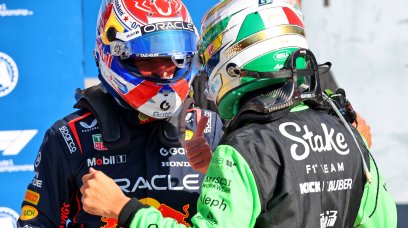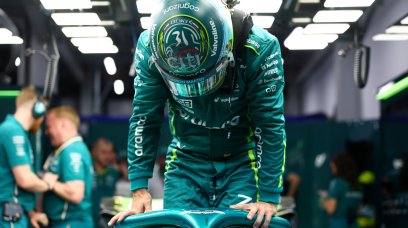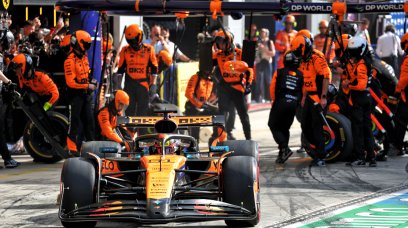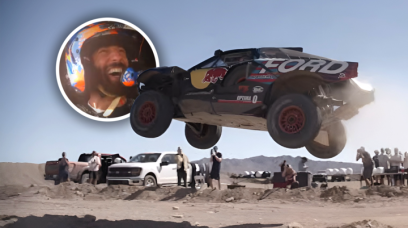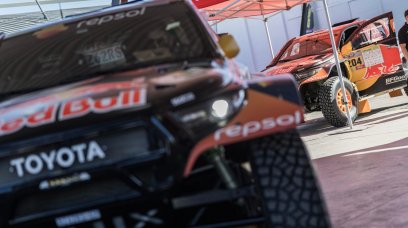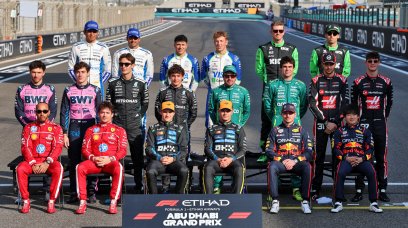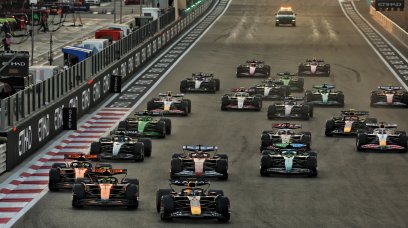The Formula 1 Jacques Villeneuve left behind in 2006 is a very different juggernaut to the one it is today. Some things have stayed the same: the tracks, the teams, Fernando Alonso, or even difficulty in overtaking, while others have changed drastically from the health of the championship itself to the machines drivers race. Even the organic bits in the middle of the carbon fibre are of a different breed to 16 years ago when Villeneuve made his last entry at the 2006 German Grand Prix. These days, the drivers are younger than ever and are now all in the social media spotlight - something in its infancy during Villeneuve's day. However, the 1997 World Champion was back behind the wheel of an F1 car at Monza days after the Italian Grand Prix - where he spoke exclusively to RacingNews65.com on driving the 2021 Alpine machine.
"Like fast-forwarding a movie"
The 1995 Indianapolis 500 winner was shocked by how his muscle memory kicked in, despite not having driven F1 machinery at Monza since an 11th place finish in the 2005 race for Sauber. "The car was actually very stable, it's quite simple to drive, but there is so much grip," he begins. "The speed... your brain really struggles to comprehend this. You're nailed to the ground and it feels like you're watching a movie while you're fast-forwarding. It's really impressive. "After the laps in the simulator, and seeing [Esteban Ocon and Alonso] drive, I saw where the braking point was. "I thought: 'Okay, your brain remembers everything: the racing lines and anything from 15-16 years ago.' "Even the braking boards where you should brake, how you should [do it], everything is there. "So that memory is not gone. But when you go with that memory, you hit the brakes, and finished braking, the corner is still 50 metres away! One thing that Villeneuve was not expecting so much was the advancement in aerodynamics over his time away. Although complex in 2006, 16 years of development and research has meant a complete overhaul of how aerodynamics are deployed in F1 - with the Canadian describing the aero effect as like a "parachute." "Even without braking, it feels like a parachute is braking the car," he observes. "I can't remember ever having the opportunity to drive such a stable car. "I was afraid I couldn't keep my head up, but I just managed to. Tonight, I am dying of pain!"
Simulator like eating mushrooms
In the run-up to the Belgian Grand Prix, Villeneuve spent some time in the Alpine simulator so he could at least get some idea of what to expect from the real thing. The experience left him feeling nauseous as what you feel in the simulator is not what the brain expects, as he picks up the story. "It made me sick," he says. "When you step on the brake pedal, your brain thinks you are in an F1 car, it forgets you are in a simulator. "It thinks you are getting the g-force, when you aren't getting it. You are supposed to get weight on your head and arms, but you aren't. "Instead of feeling the weight of the belts, you get the weight of the seat - it's the opposite of what you should feel. "That's when the brain goes: 'Oops, something is wrong here, like you've taken some mushrooms or something. "That's why the brain tries to make you sick - it thinks you've taken something you shouldn't. "As long as your brain can dissociate real to simulator, then you are fine - it's when you make it so real that your brain thinks you are in a race car. "If you give me an XBOX controller, no problem because I am braking with the finger - I am in a game, no problem. "But put me at home with a brake pedal, that's when I get sick." Villeneuve was still able to set respectable lap times in his run-out in the 2021 machine, although he did admit to taking the Ascari chicane carefully due to the high-speed nature of the complex.
Most read

